Anglers Booking Team
The expert copywriters at Anglers Booking have meticulously crafted this article. Our dedicated team of writers provides valuable insights and information to enhance your angling experience.
 12 minutes read
12 minutes readSheepshead is a fish with an unusual appearance that many people often call "fish with human teeth." It proudly wears all these flattering nicknames. However, it's not easy to catch. It requires strategy, patience, and the right bait to get it interested, especially to bite.
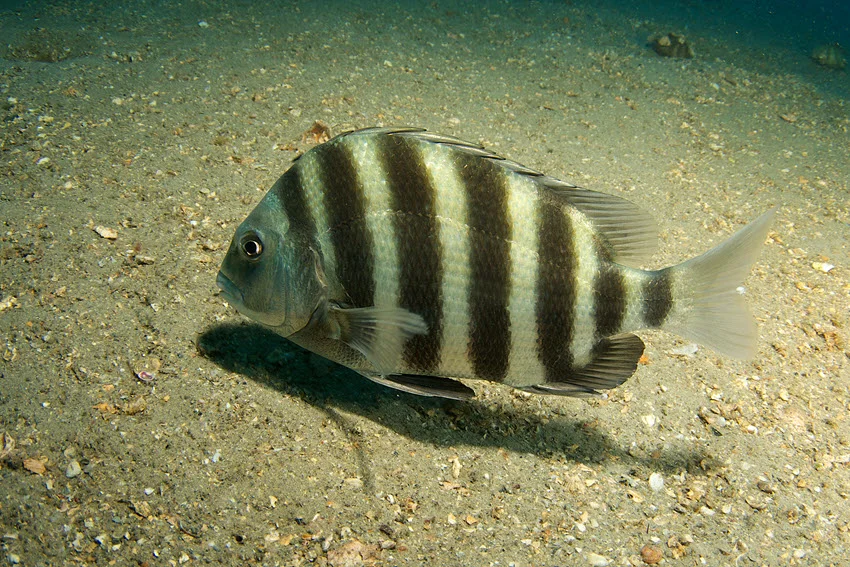
They are very selective feeders, but they also love specific marine delicacies! It's not easy to hit the wire, but the reward is worth the effort if you succeed.
The choice of bait is vast, but the key question is which one is best and when to use it. With this guide, we tried to answer that question and with which techniques to compare it! So let's get to know the Sheepshead a little better and what bait will make it hard to resist it!
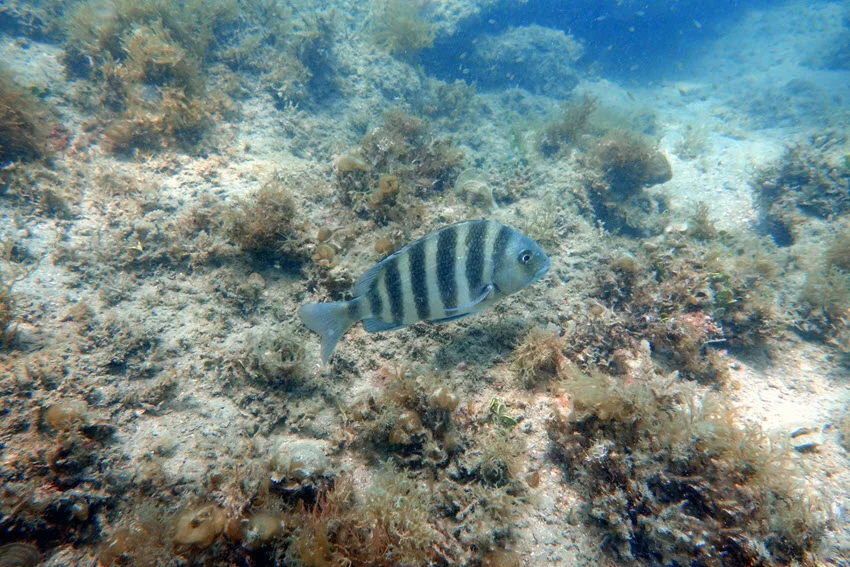
Sheepshead fascinates anglers with its interesting appearance and delicious meat. They are also very smart and highly wary, which makes them an incredible fishing challenge. The basis of their diet is hard seafood such as crabs, clams, and oysters, thanks to which they have developed strong teeth that easily crush them.
Sheepsheads have complex behaviors that are greatly influenced by the weather and season. In the cooler months, they school in deeper water, and as temperatures rise, they disperse to shallower areas, grass flats, oyster beds, and mangroves. And while they are not overly large fish, the difficulty of catching them lies in how to outsmart and lure them. Regarding underwater habitats, Sheepshead likes sheltered places like docks, piers, and rocky shores.
Although quite selective, Sheepshead are masters of adaptation and are found in various habitats along coastal waters, from freshwater areas such as rivers and lakes to seashores.
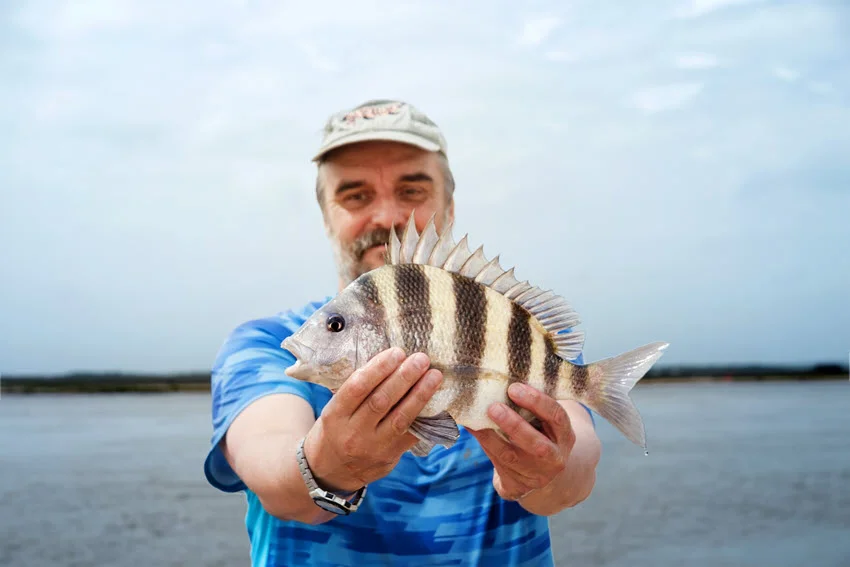
Sheepshead are fans of hidden places and quieter waters, such as lakes and bays. They are relatively easy to locate because they hang out around underwater structures such as shipwrecks, clam beds, and mangroves.
The best times to catch them are morning and evening in shallow waters. A good option is to hunt them with fiddler crabs or small crabs available locally. Cracking fresh oysters can also be overwhelming for them.
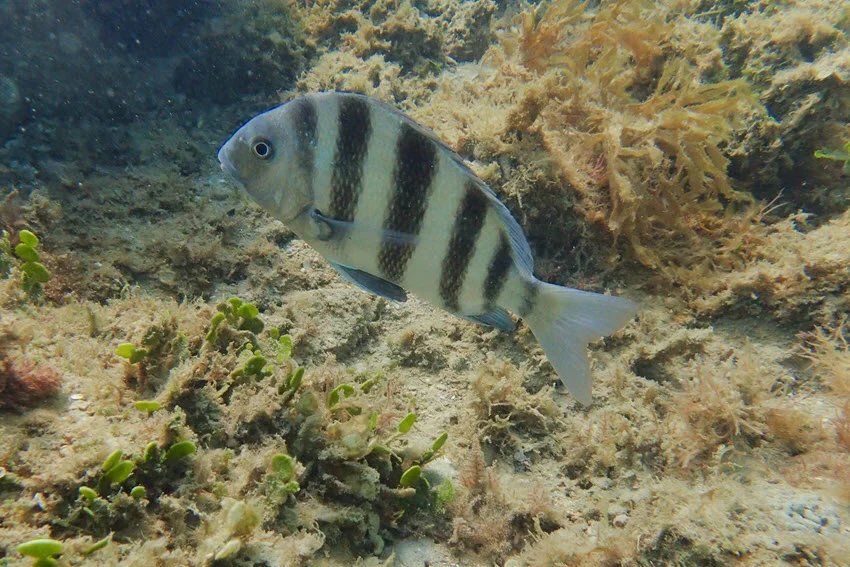
You will find them in rivers near bridge piers and breakwaters. You can target them with seaworms, clams, or shrimp, often yielding excellent results. Although they like calmer areas, they use rivers wisely and usually in areas with faster currents that bring their food in front of them.
Therefore, the essence here is in a good presentation of the bait. It must be released upstream, and it naturally floats towards the fish, imitating the natural movement of food.
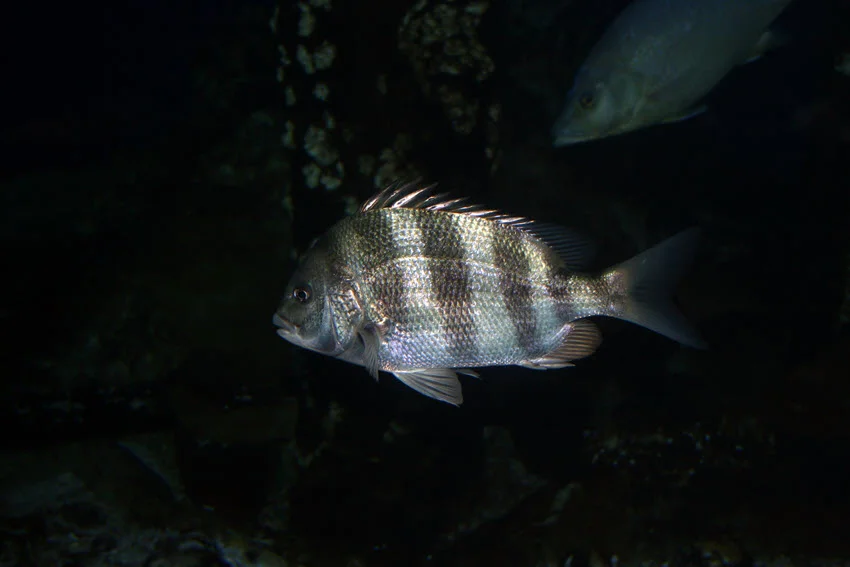
Offering plenty of cover and a rich food supply of crabs and small mollusks, bridges and piers attract Sheepshead year-round. They are mainly active when congregating in larger schools during the cooler months.
Fishing for Sheepshead here requires strategically positioning yourself to reach the bottom where they hang out. This primarily means casting with light tackle and small hooks tipped with fresh crabs or shrimp. Sheepshead are active principally during high tide when the water serves them their favorite food.
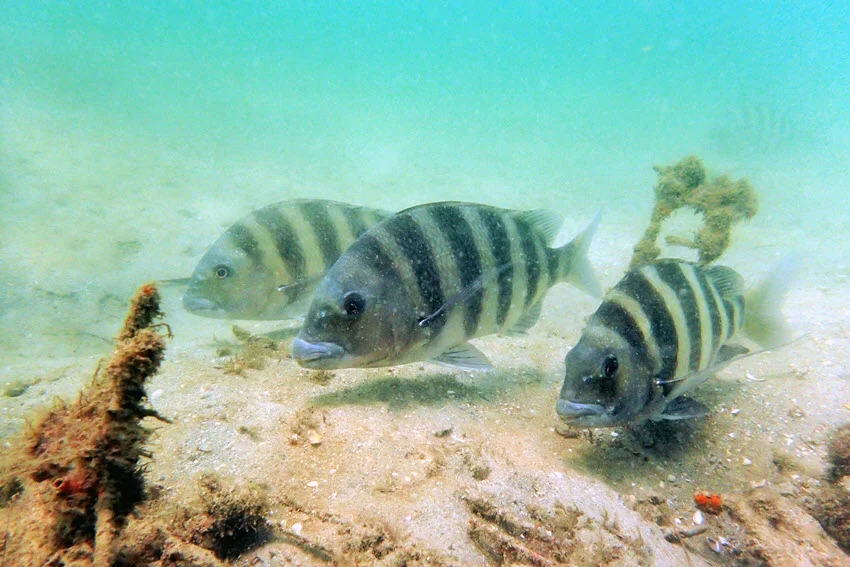
Sheepshead are relatively common in coastal waters, specifically in areas rich in artificial and natural obstacles such as docks, pylons, boat moorings, or anything in the water where they can hide.
These warm areas are rich in clams, oysters, and crabs, the favorite Sheepshead's food. When the tide is out, you'll find them closer to shore to explore the shallows and find food, but they generally like deeper water and ambush.
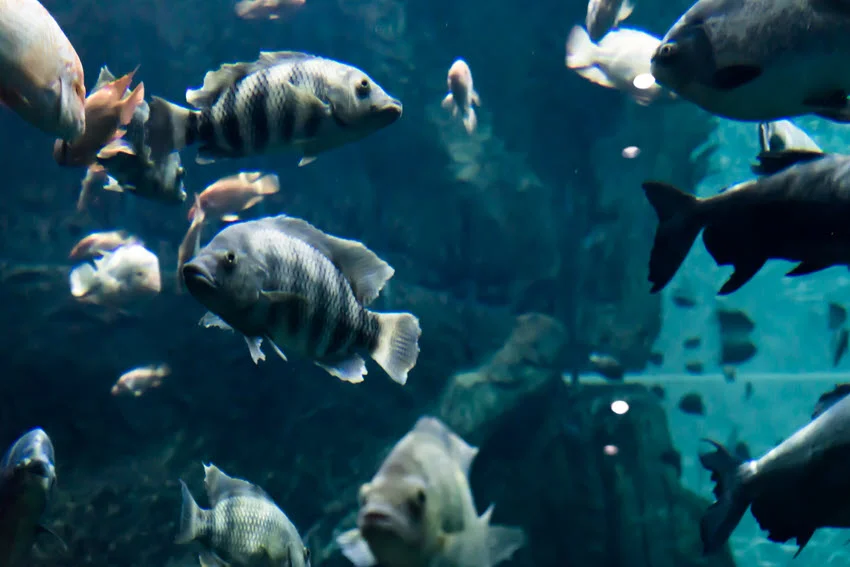
Estuaries are complex ecosystems with fresh, salty waters rich in nutrients that support the growth of algae, crabs, and oysters. Sheepshead use the tides to reach these areas, often associated with marshes, canals, and shoals.
Juvenile Sheepshead mostly hide here, where they can grow away from predators. Given that they are young specimens, it might be a good idea not to touch them or to practice catch-and-release.
In principle, Sheepsheàd can be hunted throughout the year. The ideal time to hunt Sheepshead depends on seasonal patterns, water temperature, and prey activity. They are not fans of warm months, so you will catch them the earliest during winter and early spring when their habitats are rich in food and their desire to feed is greatest.
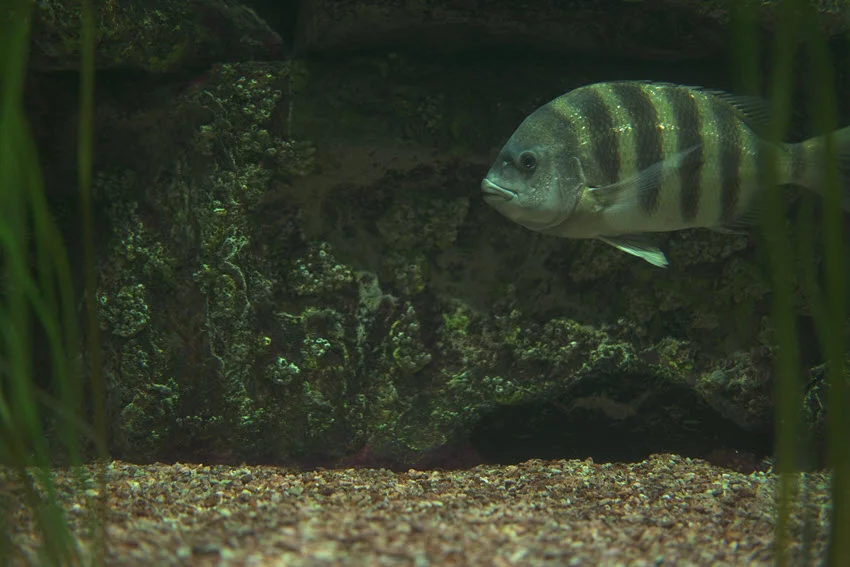
If you know anything about fishing, then you know that targeting the same fish changes and adjusts according to season. This is the same with Sheephead, which also adapts its migration and feeding habits to changes in water temperature, food availability, and spawning cycles. Understanding the seasonal behavior patterns of Sheepshead will allow you to catch more and form a deeper connection with these fascinating species.
In the spring, Sheepshead are still slightly frenetic after spawning. However, they diverge from large groups and move to different habitats. Spring brings freshness to the water and an abundance of food, so they are often found in shallow coastal areas. Live bait fishing with small crabs and live shrimp is ideal during this period, and this is also a great time for beginners, as the fish are still active and less cautious.
Sheepshead do not like the sun and warm weather, so they migrate to deeper, cooler waters to avoid the shallows' high temperatures and low oxygen levels. They usually stay around rocks and structures near the coast, where the current brings them food.
Their activity is reduced during the day, but mornings and evenings offer the opportunity to catch up. Smaller baits, such as pieces of crab or shell, can be used with trolling techniques or deep jigging to reach fish that have retreated deeper.
Fall signals that winter is soon here, and Sheepshead become more active in all layers of water. Autumn is a transitional period, so you can find them returning to shallow coastal waters, looking for crustaceans and other readily available food sources. Autumn is also ideal for fishing with bigger baits.
They prefer cooler weather and water; winter is the peak of Sheepshead's activities. Then, they generally gather in large groups around bridges, docks, and stone barriers, and this is their spawning period when they look for rocks and hard surfaces where they lay their eggs.
They feed more voraciously than ever because they need the energy to spawn, so they primarily eat crabs, clams, and oysters. They are not as wary as usual, giving anglers a good chance to use live bait like shrimp effectively.
Sheepshead prefers hard, armored food that they can easily crush with their strong teeth, and if you are a fan of live baits, let your choice be crabs, oysters, clams, and shrimp. However, what makes them effective is not only their attractiveness but also the way they present themselves to the fish. So, let's get to know them better.
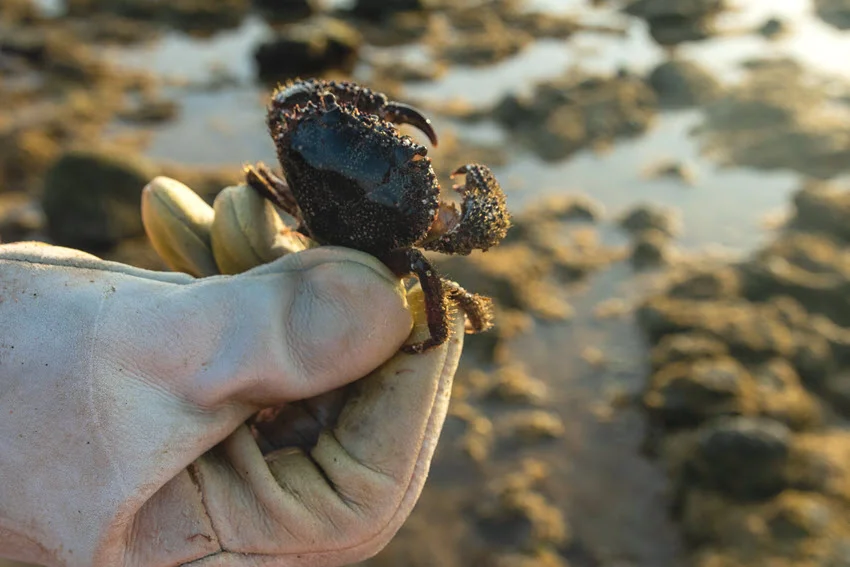
Crabs are inviolable for the Sheepshead sting; blue crabs, stone crabs, or even small hermits, this fish has a soft spot for them, with a solid shell and fleshy interior. Accordingly, it is best to use them whole if they are smaller, while larger ones have the pincers removed to facilitate presentation.
Placement on the hook should be precise, through the body or around the tail, because it must retain a natural appearance. Most effective near coastal structures and rocks, their texture, natural scent, and armor attract Sheepshead.
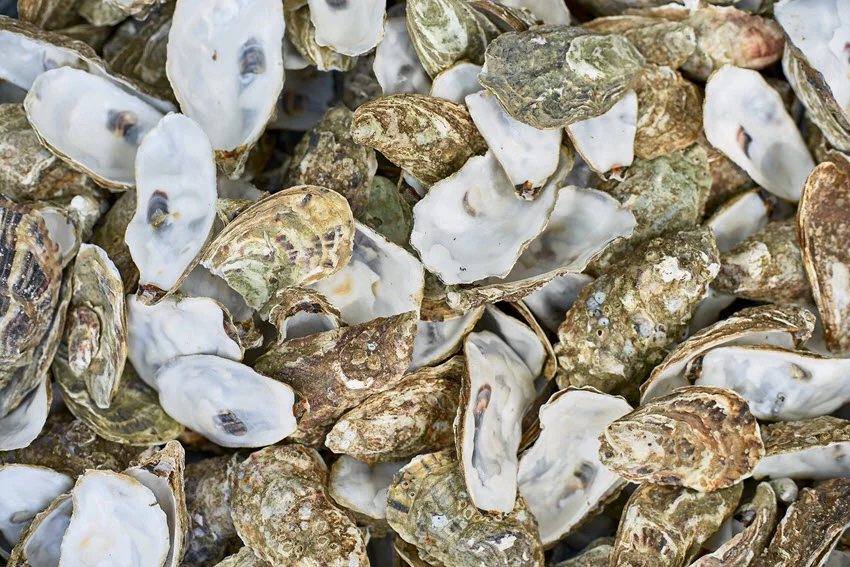
They are considered one of the most effective baits for Sheepshead, as these fish often feed directly from oysters attached to the rocks. They are attracted by their intense smell and the softness inside the hard shell, and to use them as bait, it is necessary to open the shell and expose the fleshy part carefully.
Place it on the hook so that it remains firmly attached. Using them around bridges, docks, and other structures where oysters are a natural part of the habitat is better.
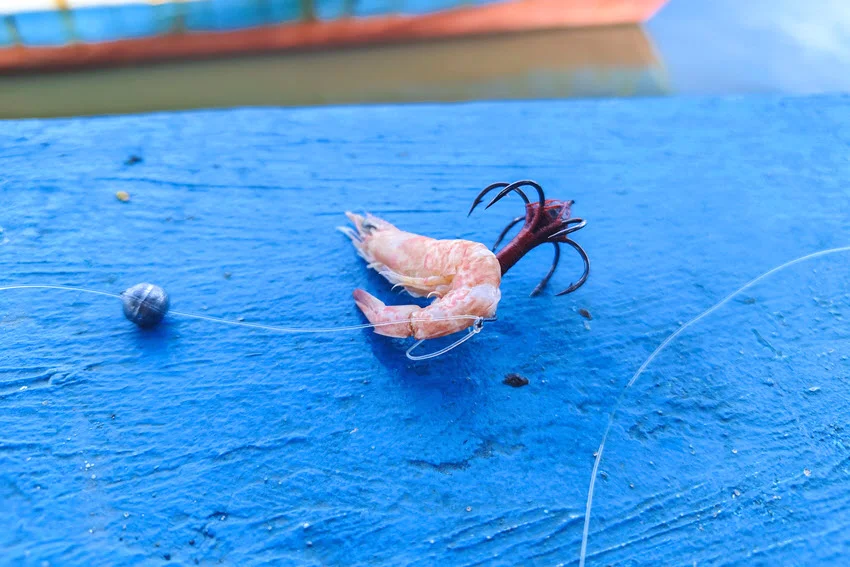
As a universal bait for many types of fish, Shrimp also works for Sheepshead. Their combination of smell and movement in the water makes them attractive enough for them, too, but with a good presentation. Live shrimp are incredibly effective, but frozen or fresh can also be used.
Placing the hook through the tail or body helps maintain a more natural presentation. Sheepshead are best for fishing in canals, shallows, and around docks, where they often patrol. Their availability and versatility make them one of the easiest lures to use.
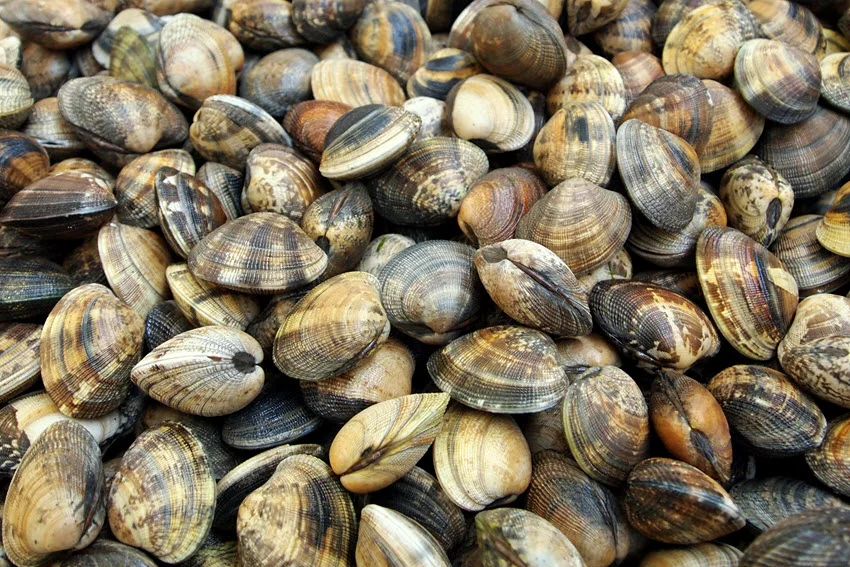
Clams are another live bait that Sheepshead love. Their hard shells and meaty interiors make them the perfect challenge for the fish's powerful teeth. To use them, open the shell to expose the fleshy part and place it on the hook.
Many anglers prefer smaller calms that can be used whole. These are particularly effective where Sheepshead has natural access, such as rocky shores, rocks, and underwater structures.
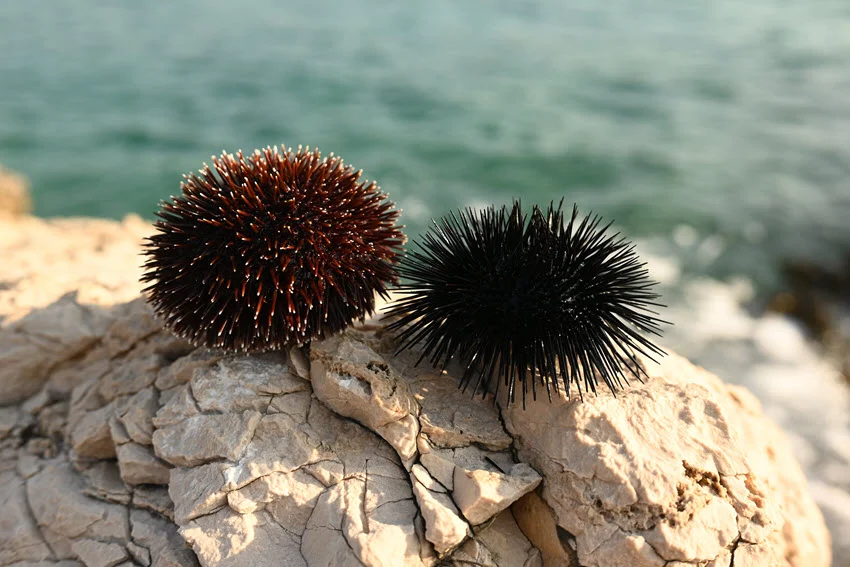
They are not used that often, but they are an extremely effective bait for Sheepshead, who enjoy the challenge of crushing sea urchin shells to get at the tasty contents. Nutritious and tasty work almost magically on Sheepshead. They are especially effective in habitats rich in seagrass and rock, where sea urchins naturally live. Their armor presents a challenge that further stimulates the fish to attack.
While Sheepshead usually prefer live bait, successful fishing often comes down to adaptability. That's where artificial baits shine; they offer a fun challenge and let anglers get creative. For Sheepshead, artificial lures can be a great first choice when used correctly. Here's what you need to know.
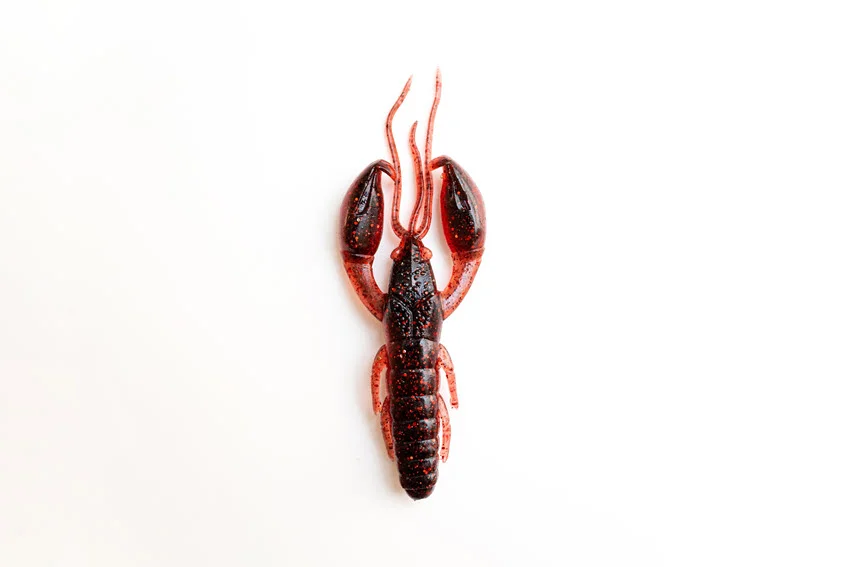
These baits are among the most reliable artificial baits for Sheepshead. They come in various sizes and colors, but the best choices closely mimic real crabs' appearance and texture. To make them look as authentic as possible, a slow drag along the bottom or a light bounce can pique the Sheepshead's curiosity.
These lures are best when the fish are inactive, as they allow for subtle movements that appear natural and do not scare the prey. Their advantage is that they are durable, and you can add a little fragrant attractant.
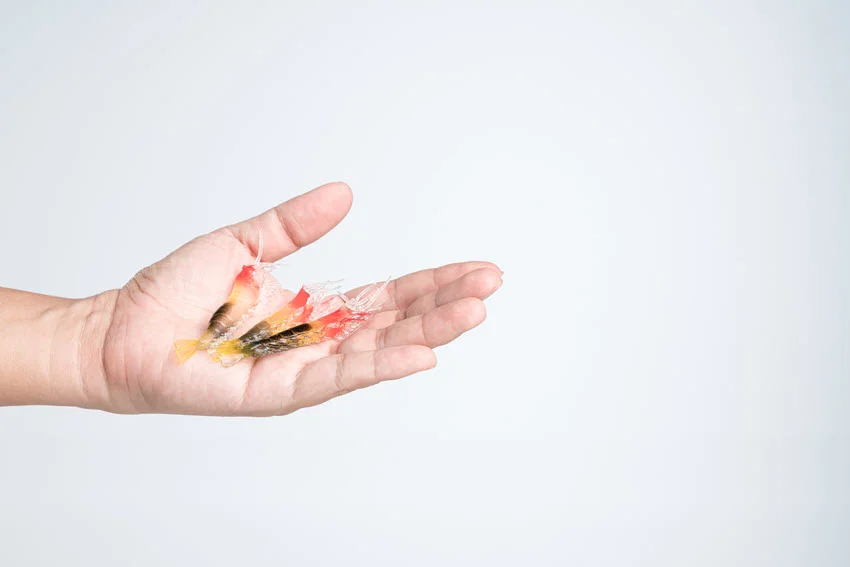
Artificial shrimp are the most universal choice for fishing Sheepshead. Their convincing design, movements, and good presentation will convince Sheepshead that they are real shrimp.
Focus on models that mimic the look and texture of live shrimp, such as transparent or bright shades with subtle details. Let them tone naturally towards the bottom, reminiscent of the movement of real shrimp near structures such as docks, bridges, or rock barriers.
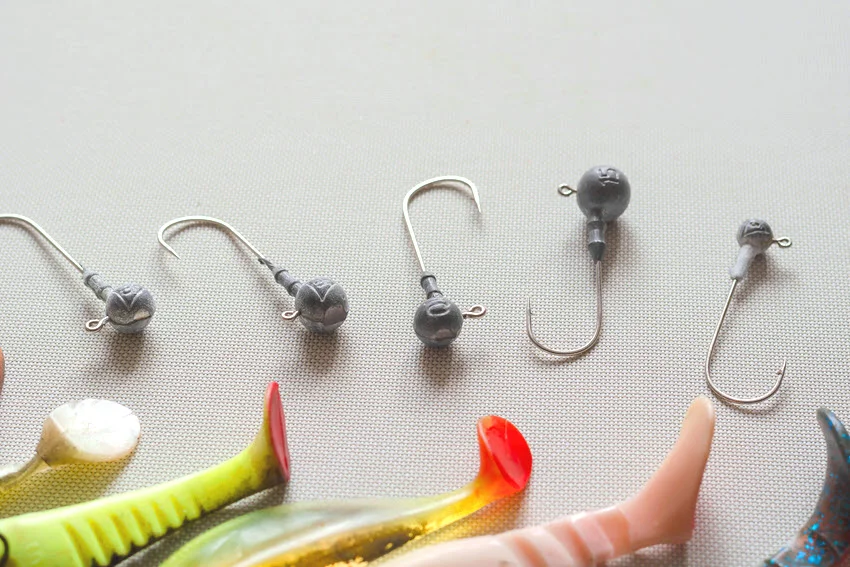
This type of bait offers the perfect combination of adaptability and performance, allowing anglers to experiment with different colors, shapes, and sizes. Soft jigs, such as those that imitate small crabs or worms, are particularly effective if pulled slowly along in a continuous motion or slight bounce.
It simulates the natural behavior of prey along the bottom. They work best in conditions with low visibility or deep water because they provide precision and control.
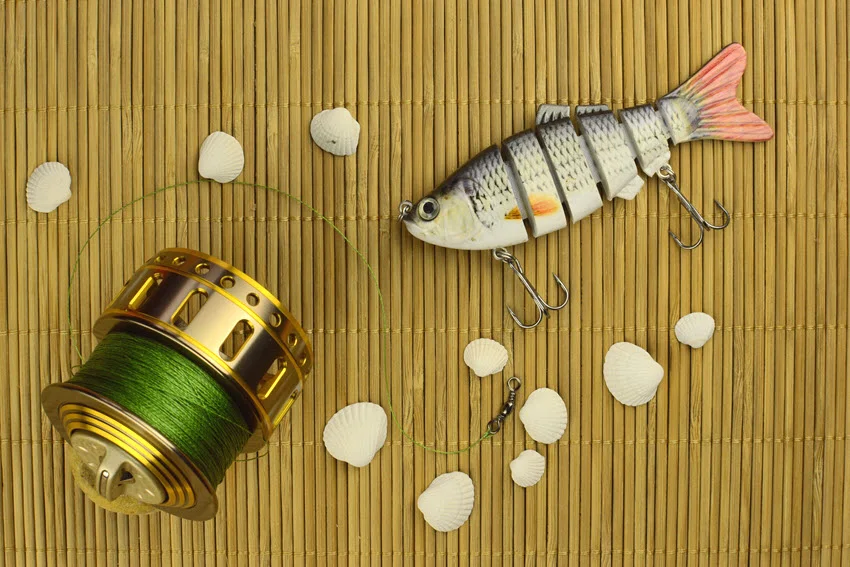
Artificial clams are narrowly specialized baits intended for Sheepshead fishing. Made of hard materials, detailed designs that mimic the look and texture of real shells can lure these fish. They are best used in areas with high concentrations of natural shells, around bridges and stone piers.
You must rig them on lightly weighted hooks and pull them in slowly, subtly. They are durable, ideal for repeated use, and particularly appealing to experienced anglers, as they require careful strategy and a more professional presentation.
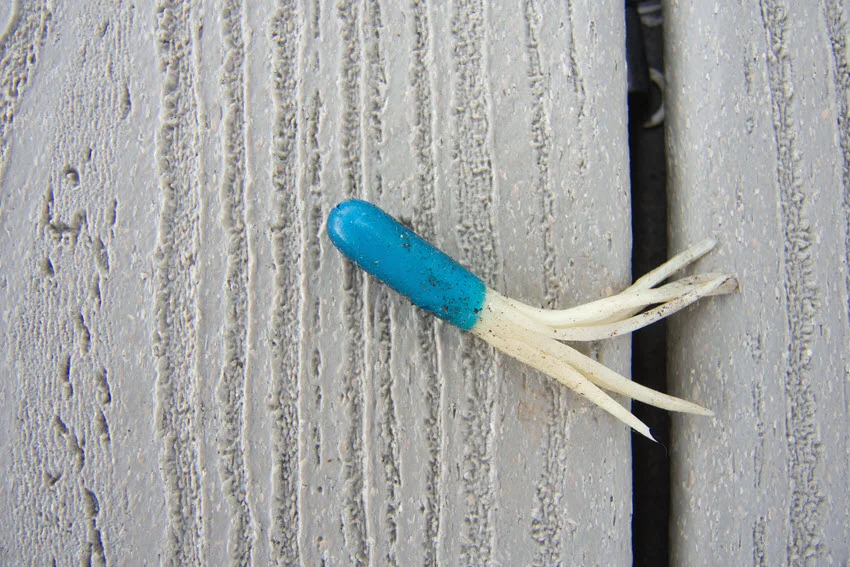
Tube baits are multifunctional baits that are excellent for Sheepshead fishing. Thanks to their unique structure and ability, they can imitate different types of prey. Tube baits come in a variety of colors, but neutral shades such as brown, green, or white often give the best results.
Their flexible construction allows for realistic movement, especially when gently pulling or releasing them to float close to the bottom. They are best in waters with moderate to weak currents, where their presentation can attract even the most wary Sheepshead.
Sheepshead is not only the biggest fish but also a significant challenge. Unpredictable and not very simple, it intrigues or annoys anglers. In addition to bait, you must also have the right equipment to offer it food that it cannot refuse.
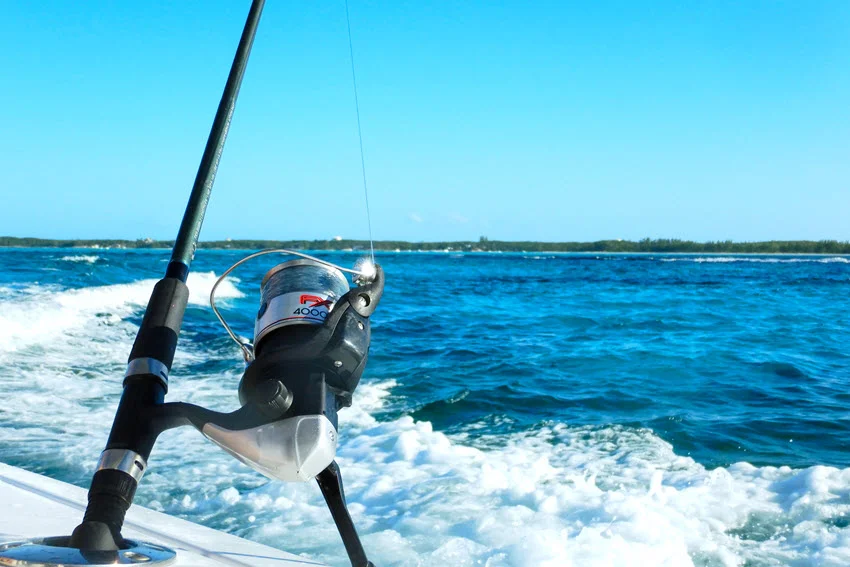
In addition to technique and bait, you need gear that supports your strategy to outsmart the sheepsheads without frightening them.
You can constantly adjust your gear, and with the correct setup, you'll be ready to fish from the pier or your favorite coastal spot.
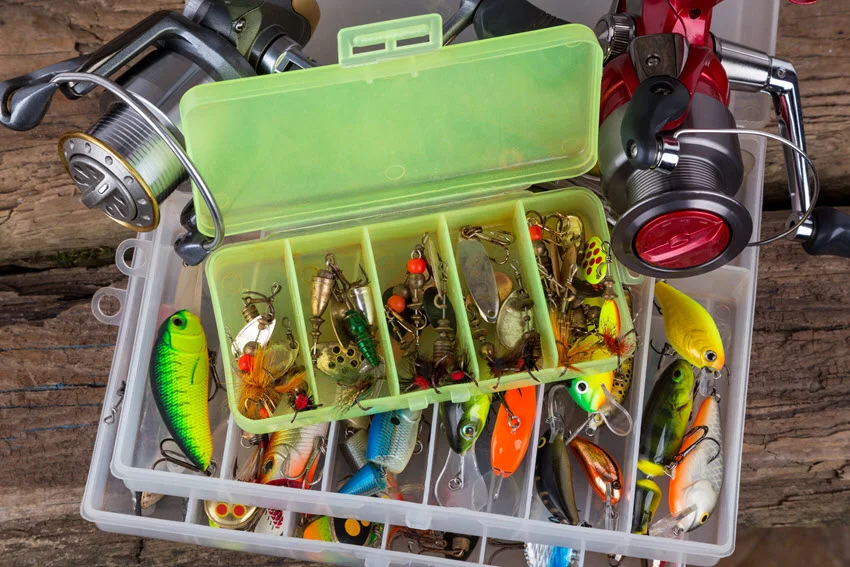
Sheepshead is a specific species whose eating habits are a bit more complex, so it is necessary to adapt the bait. You can customize the bait by combining pieces of oysters or crabs with small jig heads for a more convincing presentation, but also pay attention to colors.
As for colors, rely on light browns, grays, olive greens, and whites reminiscent of shells, crabs, or insects. Those that come in shades of sand or mud are especially good if you are fishing around the bottom of estuaries or in coastal waters.
As with baits and the techniques used to fish Sheepshead, you can play around and experiment, and choose the one that best suits your character. The technique and how you interpret the method give your bait its liveliness.
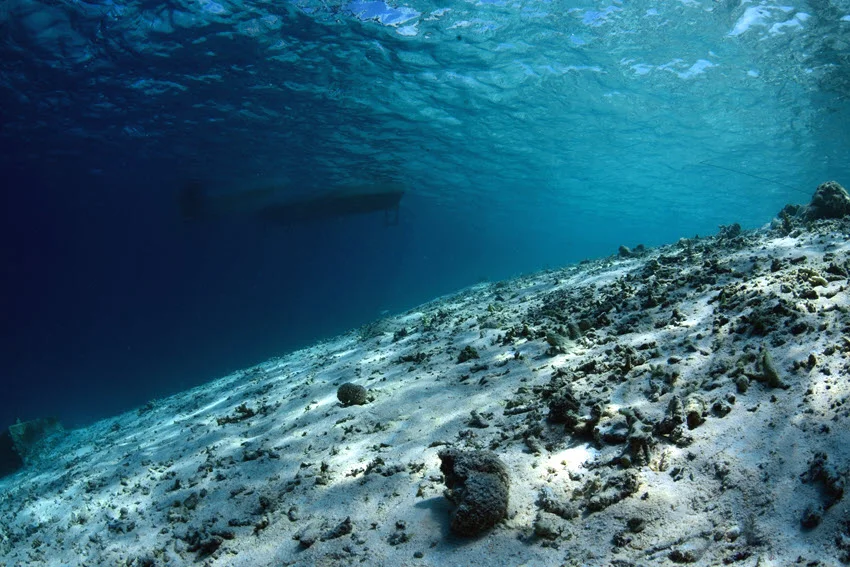
A classic technique that can be and is primarily used in Sheepshead fishing involves dropping the bait directly to the bottom, where Sheepshead spend most of their time. It is necessary to use lead for stability and fixed baits in waters with strong currents. Shellfish, crustaceans, and other organisms will do best here.
A heavier lead helps stabilize the lure, especially in waters with strong currents. Anglers often use a short leader and a quality hook with bait, such as pieces of shells or crabs. Since Sheepshead tends to carefully nibble the bait before fully grabbing it, the bottom line is that the line is responsive and patient enough to pull the rod quickly at the slightest movement.
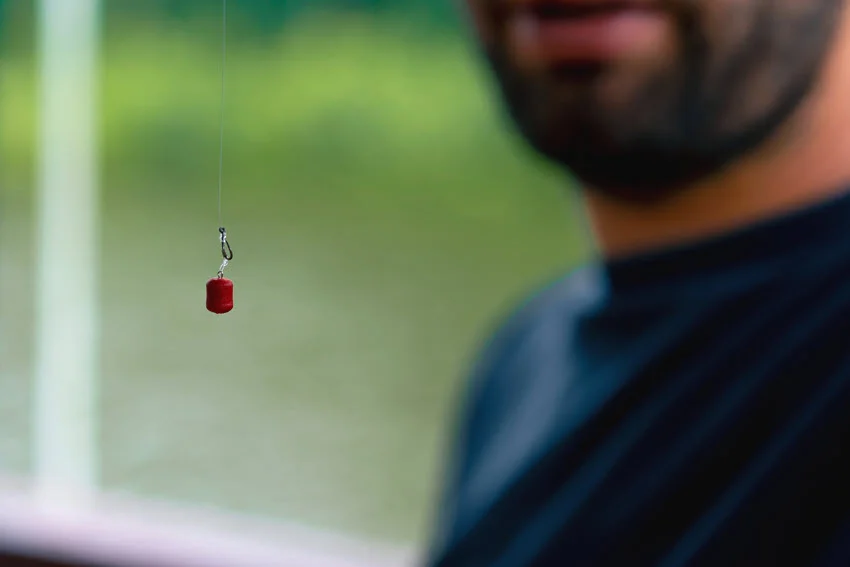
The free-lining technique is expensive and highly effective for Sheepshead, especially when the fish swim closer to the surface or around structures like docks and bridges. The bait is used without additional lead, allowing it to move naturally in the water.
Free-lining is useful when the fish avoids traditional settings and is best combined with live crabs or shrimp, which attract additional attention with their movements. It is important to control the tension of the lines and carefully listen to the bite. Free-lining is an advanced technique that, when used correctly, can produce outstanding results.
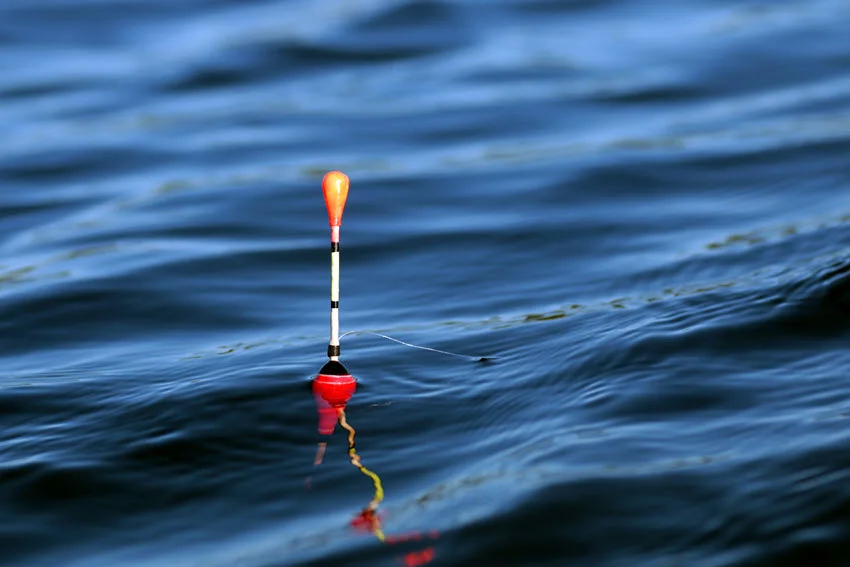
This technique gives the best results in areas with vegetation or when the bottom is full of obstacles. It involves using a float to keep the bait at the desired depth, luring the fish with clams or shrimp. The focus is on fine-tuning the depth to get the lure right in range of the Sheepshead.
The float's advantage is that it allows easy detection of the bite. Every movement of the fish immediately transfers the bite to the surface. It is mainly used by beginners who need to feel the Sheep's light bite.
Knocker rigs work wonders when luring Sheepshead in areas with structures like rocks or wrecks. It relies on a sliding lead just above the hook, keeping the bait where we want it. A good option is to use it while fishing with smaller crabs, shrimp, or clams, which attract the fish's attention with their natural smell and movements.
A knocker rig is suitable for Sheephead because it allows anglers to react quickly to a bit of action. However, it requires precision and a sense of when to pull the rod.
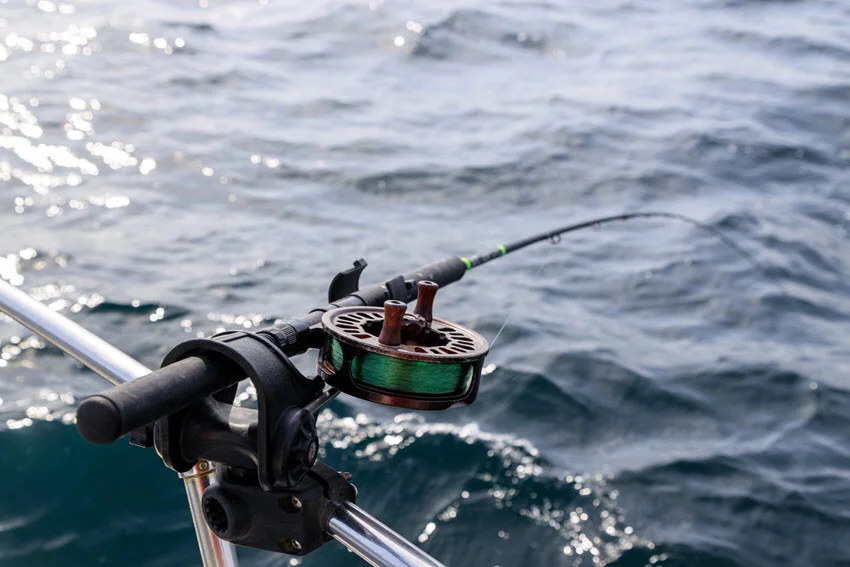
The Sheepshead's wisdom is reflected in its hunt for food, waiting for strong currents to throw it to it. In such areas, Vertical jigging is the perfect technique. Faster waters tend to catch bigger Sheepshead, so it's a good idea to bait them with heavier jigs tipped with clams or crabs that sink straight to the bottom.
The rods must be light, and the movements must be controlled so that the bait imitates the natural movement, which attracts the fish's attention. Vertical jigging is dynamic fishing that involves direct contact with the fish and always has a unique appeal.

Sheepshead have very sharp teeth; if you are not careful or unskillful when retrieving the bait and landing it, they can injure you. Their preferred habitats, such as rocky piers and pilings, can also be challenging due to slippery surfaces, sharp shells, and fast currents, and safety precautions are essential.
Keep your gear organized to avoid stepping on hooks or other sharp objects. A small first aid kit in your tackle box can also be a lifesaver for minor cuts or scrapes. It is also important to keep your gear clean and in good condition, as you will avoid infections and complications in the event of an injury.

Understanding fishing regulations and ethical practices about specific fish species protects fish populations and ecosystems and promotes responsible angling practices.
Anglers Booking team
Sheepshead is, fortunately, an abundant and non-endangered species. However, this does not exclude them from fishing by local regulations and laws ensuring their population remains stable and available for future generations.
Depending on where you fish, regulations for this species primarily include bag and size limits, which vary by region. The Gulf States Marine Fisheries Commission (GSMFC) monitors Sheephead health populations and actively manages and conserves various coastal species.
If you plan to hook fish, you can always opt for circle hooks or barbless hooks to minimize the damage to the fish. Taking care of the environment is also important. Use environmentally friendly equipment, avoid damaging the ecosystem by leaving debris or litter, and always clean up after yourself.
Sheepshead fishing is a test of skill and patience. Like fish with sharp teeth and a more delicate bite, they crave a bait that is well-suited, well-presented, and capable of quick reaction. So, when choosing baits, every detail is essential, and every trip to the line is an opportunity to perfect your technique and understand these fish more deeply.
Now, you write to us about your experiences with sheepshead catches and baits; do you have your secret strategy and best bait? Share at least some details with us in the comments! We look forward to hearing from you!

The expert copywriters at Anglers Booking have meticulously crafted this article. Our dedicated team of writers provides valuable insights and information to enhance your angling experience.
Embark on unforgettable fishing adventures with us at Anglers Booking.
book your charterOctober 17, 2025
October 15, 2025
October 10, 2025
October 11, 2025
October 4, 2025
September 29, 2025
September 25, 2025
September 21, 2025

You're now part of our exclusive community. Get ready for premium content and updates straight to your inbox.
close
Subscribe to our newsletter and receive a selection of cool articles every week.
Please enter a valid email address.

Be the first to know when we're back in action.
Please enter a valid email address.
Leave a Comment
Your email address will not be published. Required fields are marked *
Thank you for your comment! It has been submitted for review and will appear on the site shortly.